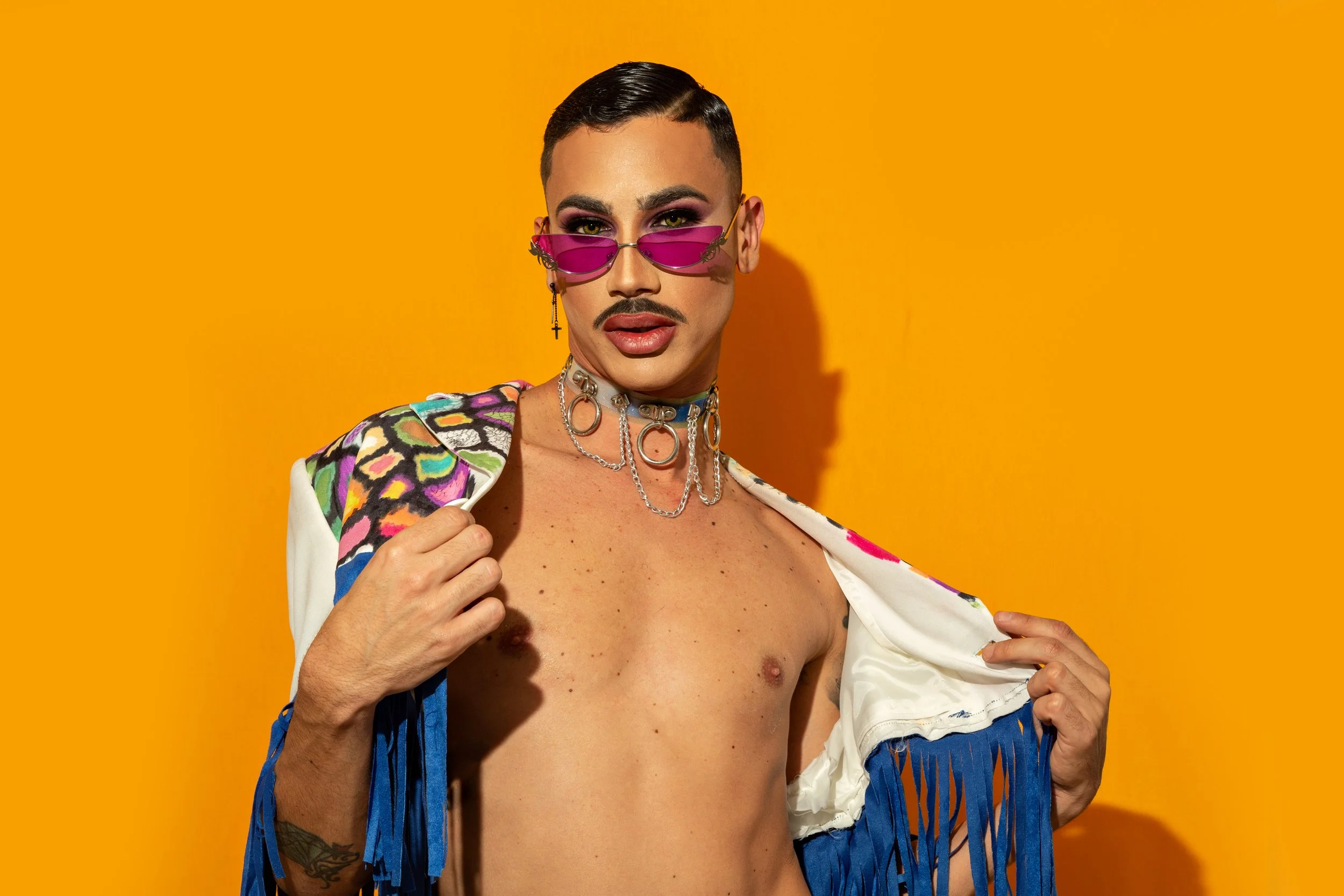Queer History and Pole Dancing's Journey to Acceptance
In recent years, society has witnessed tremendous strides in recognizing and embracing diverse identities and forms of self-expression. This progress is particularly evident in the queer community, which has fought tirelessly for acceptance and equal rights throughout history. Surprisingly, one form of physical expression that has become intertwined with queer culture is pole dancing. In this blog post, we will delve into the fascinating correlation between queer history and the journey of pole dancing towards acceptance, highlighting the empowerment and celebration of both.
Queer history is a tapestry woven with stories of resilience, resistance, and a longing for equality. Throughout the ages, LGBTQ+ individuals have faced discrimination, violence, and marginalization. Yet, in the face of adversity, they have consistently found ways to express their authentic selves and create spaces that foster love and acceptance.
Historically, queer individuals have often sought refuge in underground communities and alternative art forms. From the Harlem Renaissance, where LGBTQ+ artists and writers thrived and contributed to cultural movements, to the vibrant ballroom scene of the 1980s and 1990s, where queer people of color showcased their talent and creativity, these marginalized communities have given birth to revolutionary movements and artistic expressions that challenged societal norms.
“[…] to the vibrant ballroom scene of the 1980s and 1990s, where queer people of color showcased their talent and creativity”
Pole dancing, commonly associated with strip clubs, has a long and complex history that is often misunderstood. Its origins can be traced back to ancient civilizations, where pole-like apparatuses were used in athletic and religious rituals. For instance, Chinese pole acrobatics date back to the 12th century, where performers showcased their strength and agility on poles. In India, pole-like Mallakhamb exercises were developed in the 12th century as a form of physical training for warriors.
In more recent history, the origins of modern pole dancing as an art form are often attributed to dance performers in the early 20th century. These performers, such as burlesque dancers and vaudeville entertainers, used poles in their performances to showcase strength and grace. However, it wasn't until the 1980s that pole dancing began to evolve into a distinct and recognized form of dance and fitness.
It is within the LGBTQ+ community that pole dancing found fertile ground for acceptance and exploration. Queer individuals, who have historically challenged societal norms, embraced pole dancing as a medium for empowerment, self-expression, and liberation. Through this art form, they found a means to reclaim their bodies, celebrate sensuality, and challenge conventional beauty standards.
The intersectionality between queer history and pole dancing lies in the shared experiences of marginalization, the struggle for acceptance, and the desire to challenge societal norms. Both have faced stigmatization and stereotypes, perpetuated by a society that often fails to appreciate their complexity and depth.
Queer individuals, especially those who are gender non-conforming or non-binary, have been at the forefront of revolutionizing pole dancing. They have used this art form to explore their identities, challenge gender norms, and create inclusive spaces where everyone is celebrated. Pole dancing has become a means to promote body positivity, self-confidence, and self-acceptance within the queer community.
Pole dancing classes and studios have emerged as safe spaces where queer individuals can explore their sensuality, challenge societal expectations, and connect with their bodies on their own terms. These spaces foster a sense of community, allowing people to support and uplift one another while breaking free from the shackles of shame and judgment.
Throughout queer history, there have been countless individuals who have used various art forms, including dance, to express themselves and advocate for LGBTQ+ rights. Icons like Josephine Baker, a bisexual performer who captivated audiences in the early 20th century with her sensuality and charisma, and Sylvester, a queer artist known for his disco music and flamboyant performances, have left an indelible mark on both queer history and the world of performing arts.
The correlation between queer history and the ascent of pole dancing is a testament to the resilience and creativity of marginalized communities. Both have overcome societal constraints and carved out spaces for self-expression, acceptance, and celebration. Pole dancing, once associated with taboo and exploitation, has evolved into a transformative and empowering art form, championed by queer individuals who have redefined its narrative.
As we continue to progress towards a more inclusive and accepting world, it is crucial to acknowledge and celebrate the profound impact that queer history and pole dancing have had on each other. By embracing their shared struggles and empowering one another, we pave the way for a future where diverse forms of self-expression are cherished and respected.
References:
1. Priebe, K. (2020). The History of Pole Dancing: Its Roots and Evolution. iFit. Retrieved from https://www.ifit.com/blog/the-history-of-pole-dancing-its-roots-and-evolution
2. Goebel, A. (2020). Pole Dance: Empowerment and Embodied Resistance. The Journal of Popular Culture, 53(1), 76-94. doi:10.1111/jpcu.12884
3. Shteier, A. (2018). Queer Art Camps: Alternative Space and Queer World-Making. GLQ: A Journal of Lesbian and Gay Studies, 24(4), 524-548. doi:10.1215/10642684-7084167
4. Johnson, E. P. (2003). Appropriating Blackness: Performance and the Politics of Authenticity. Duke University Press.



